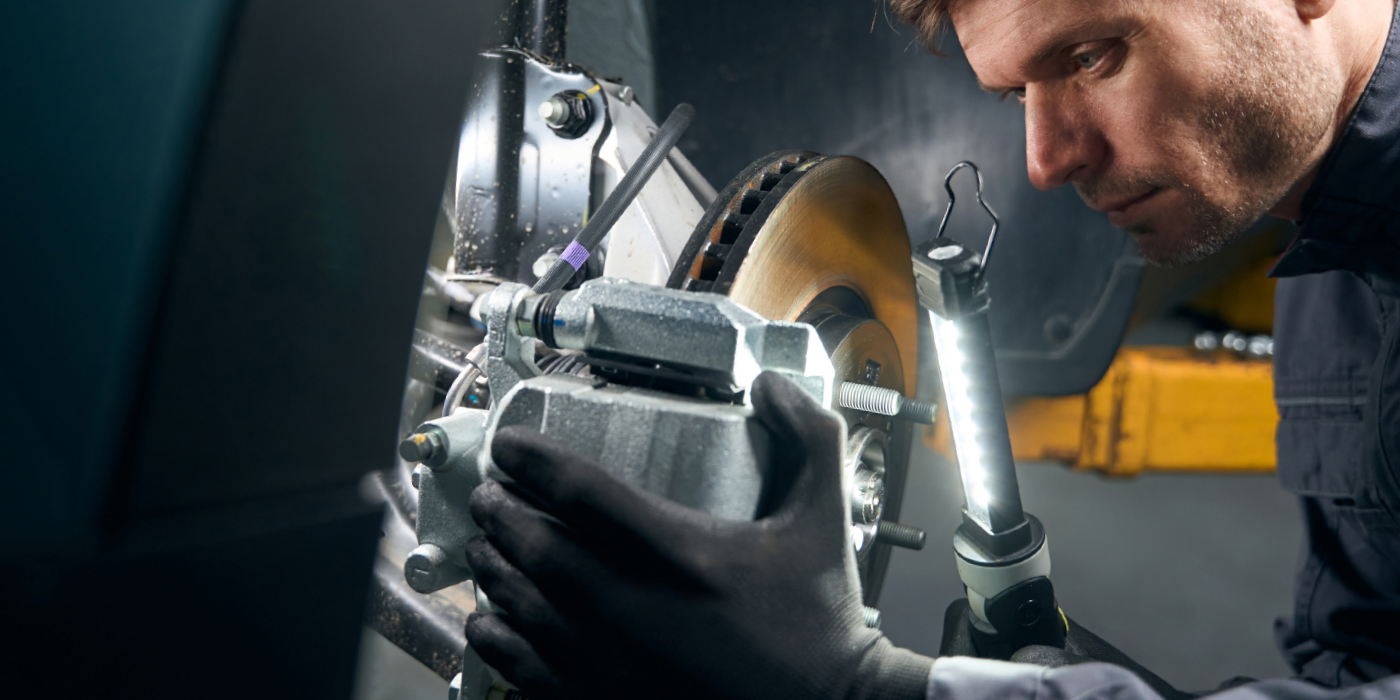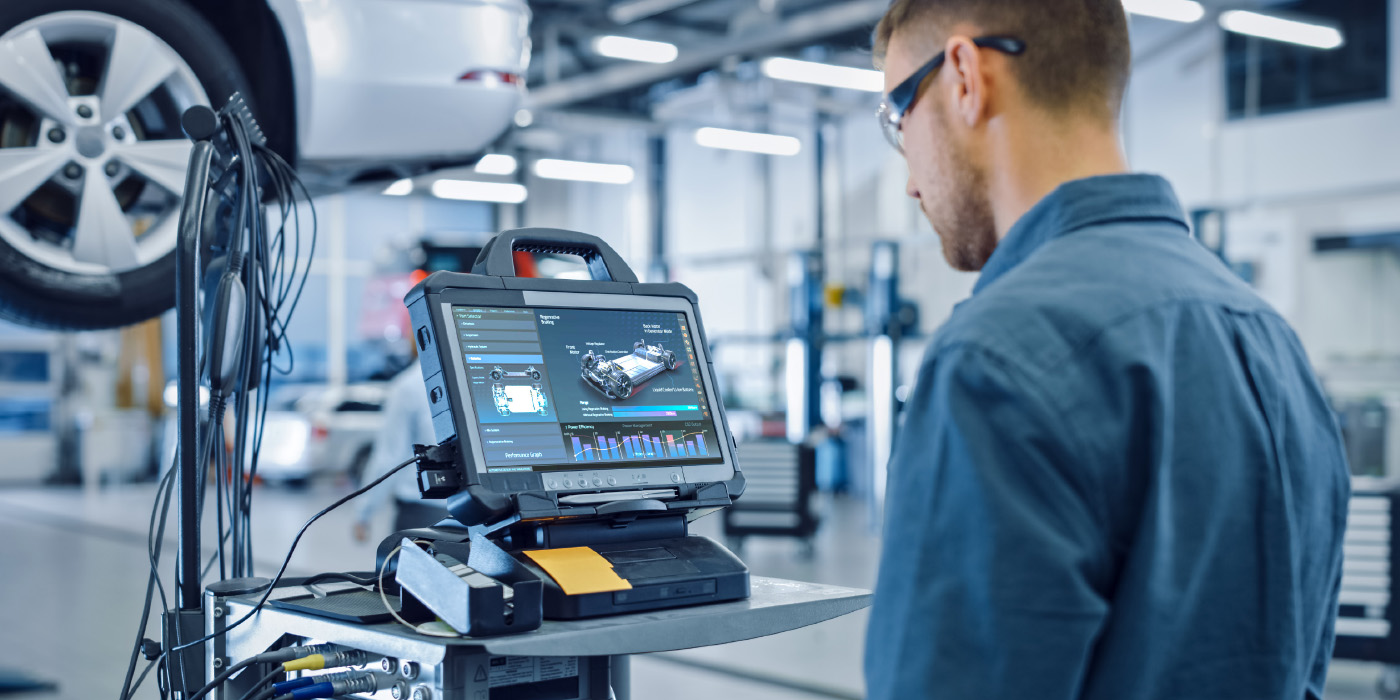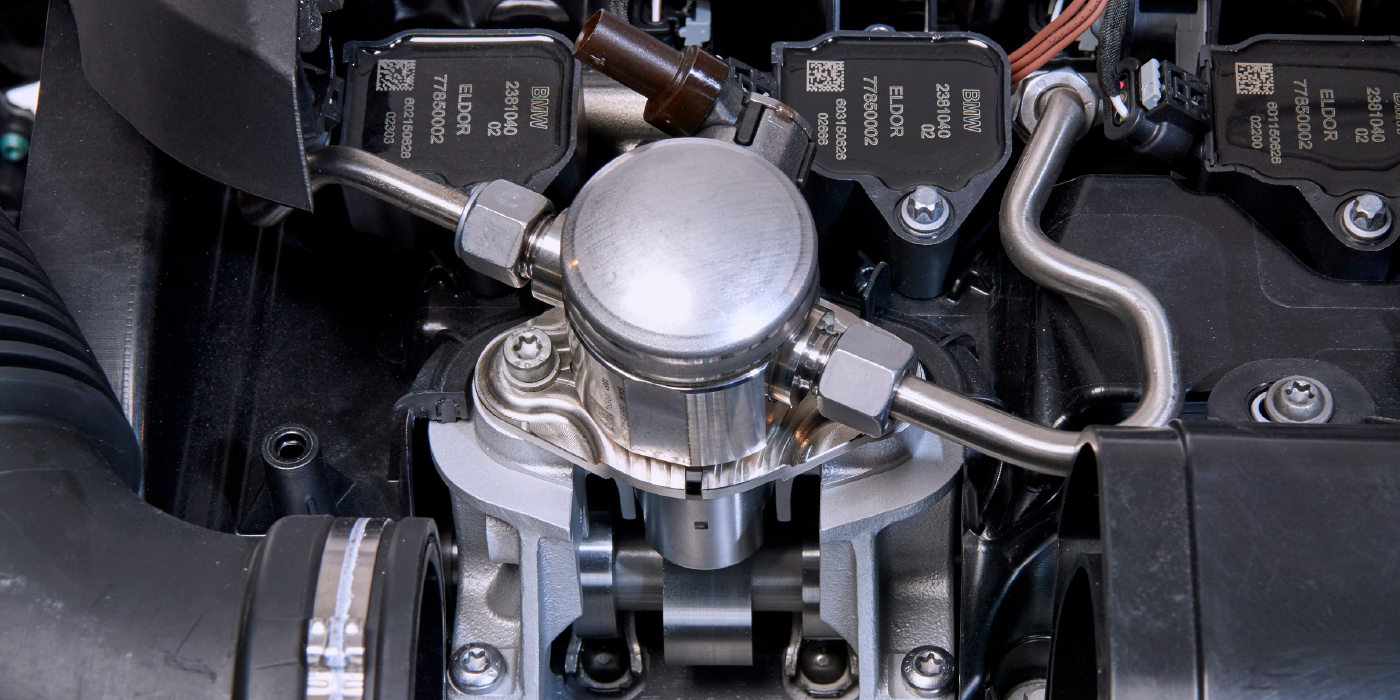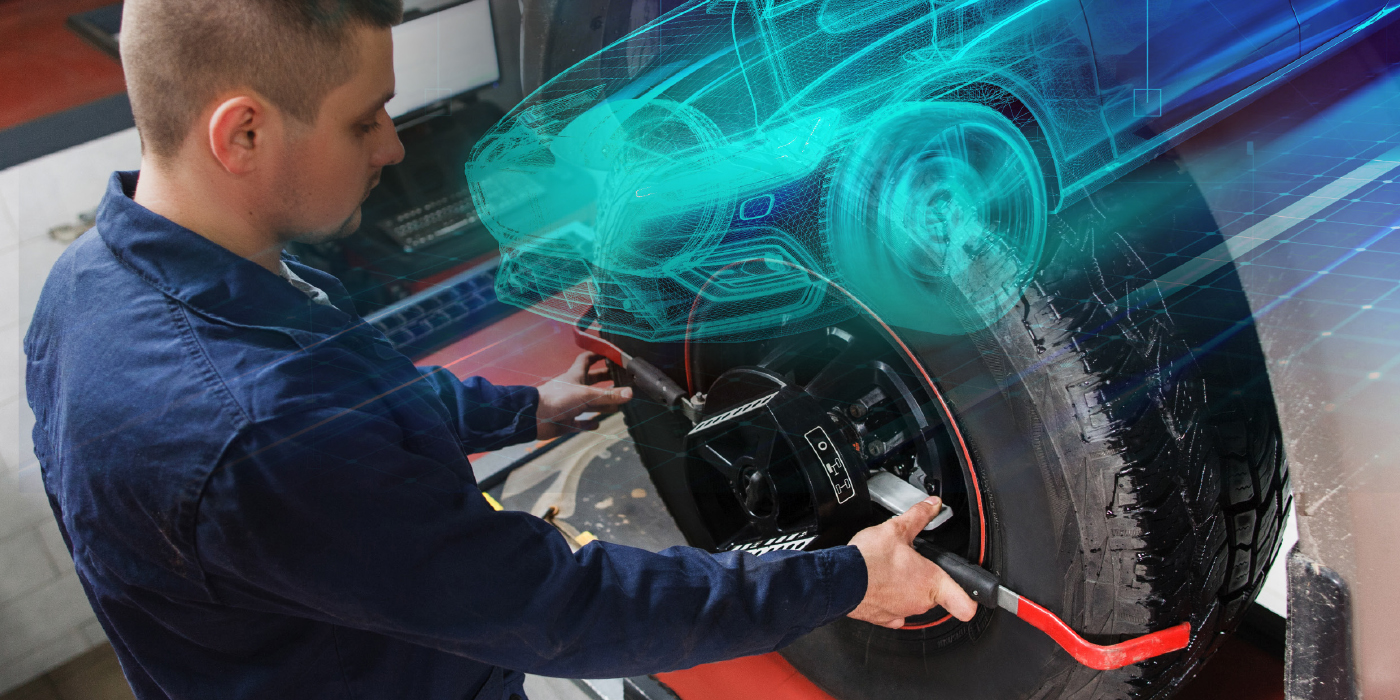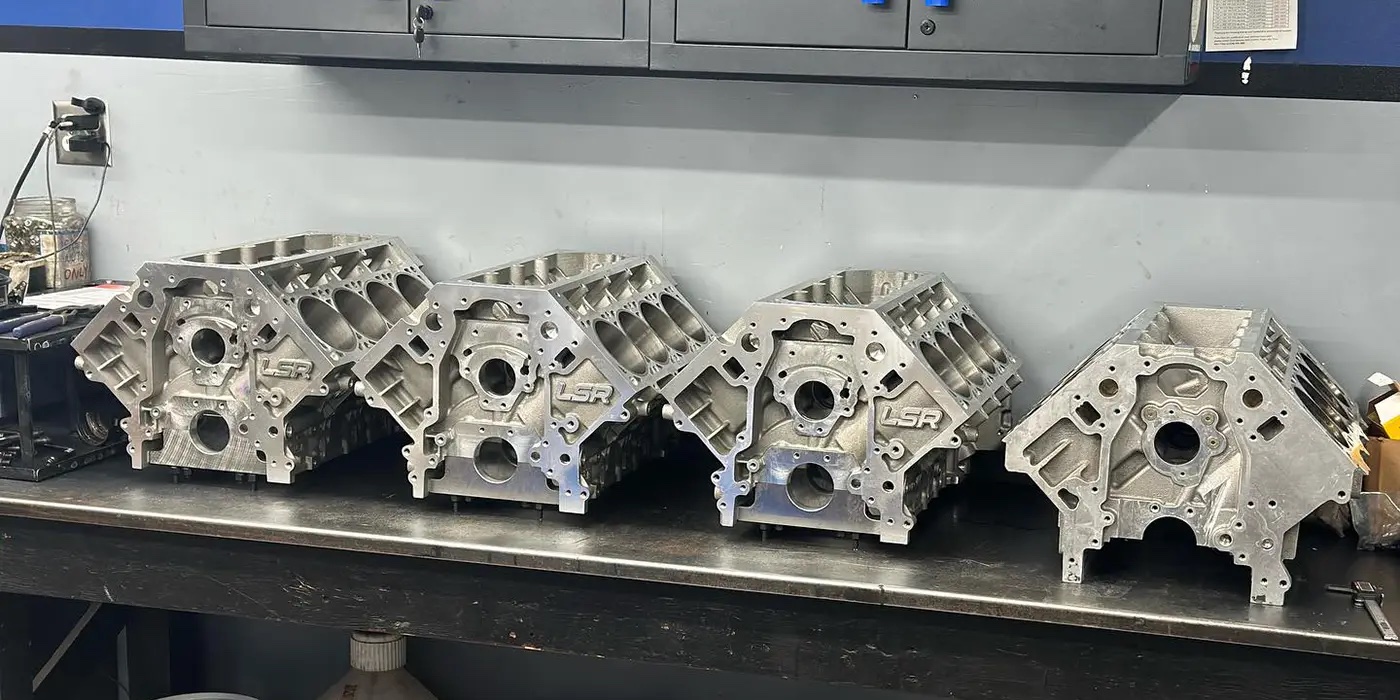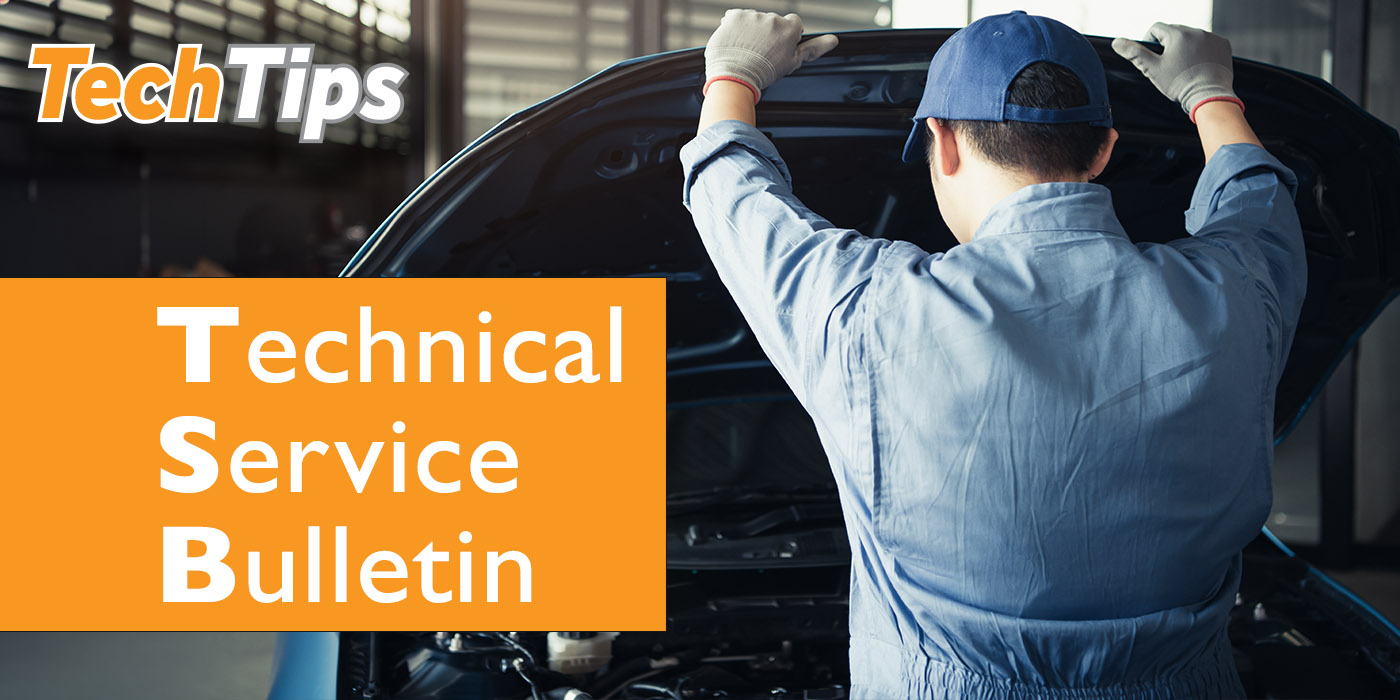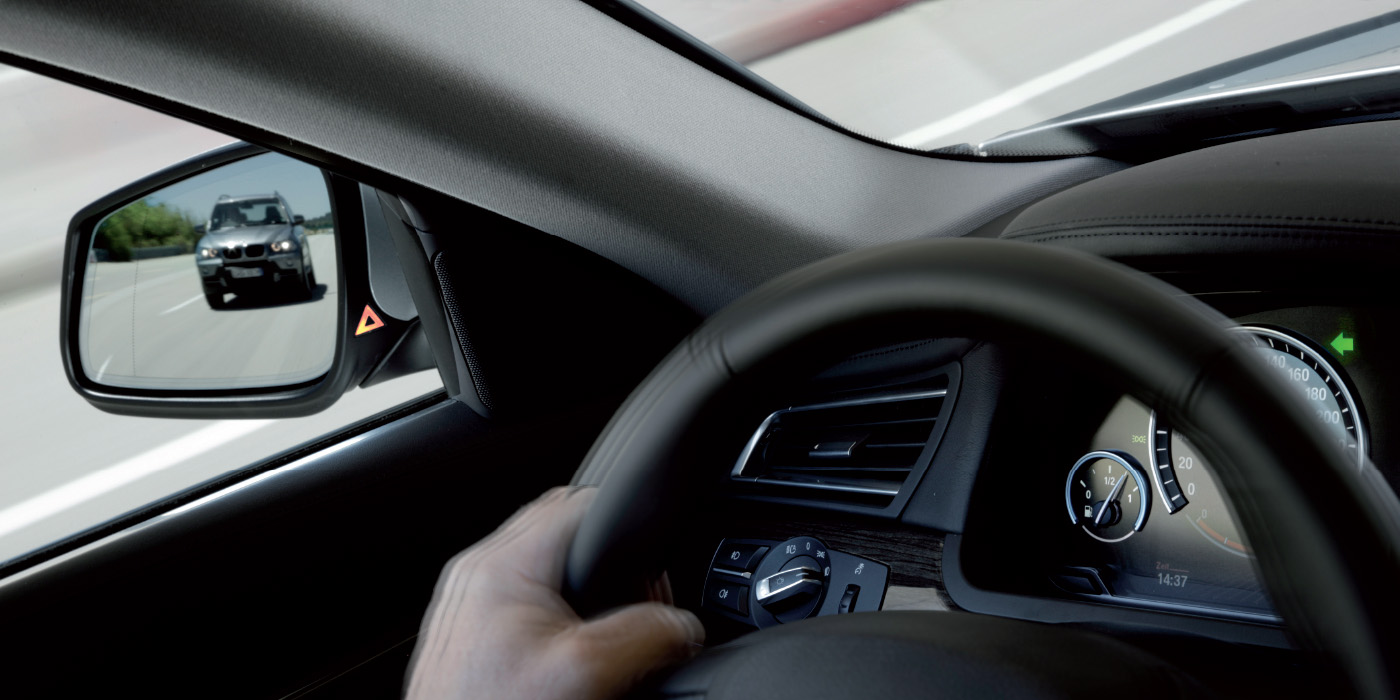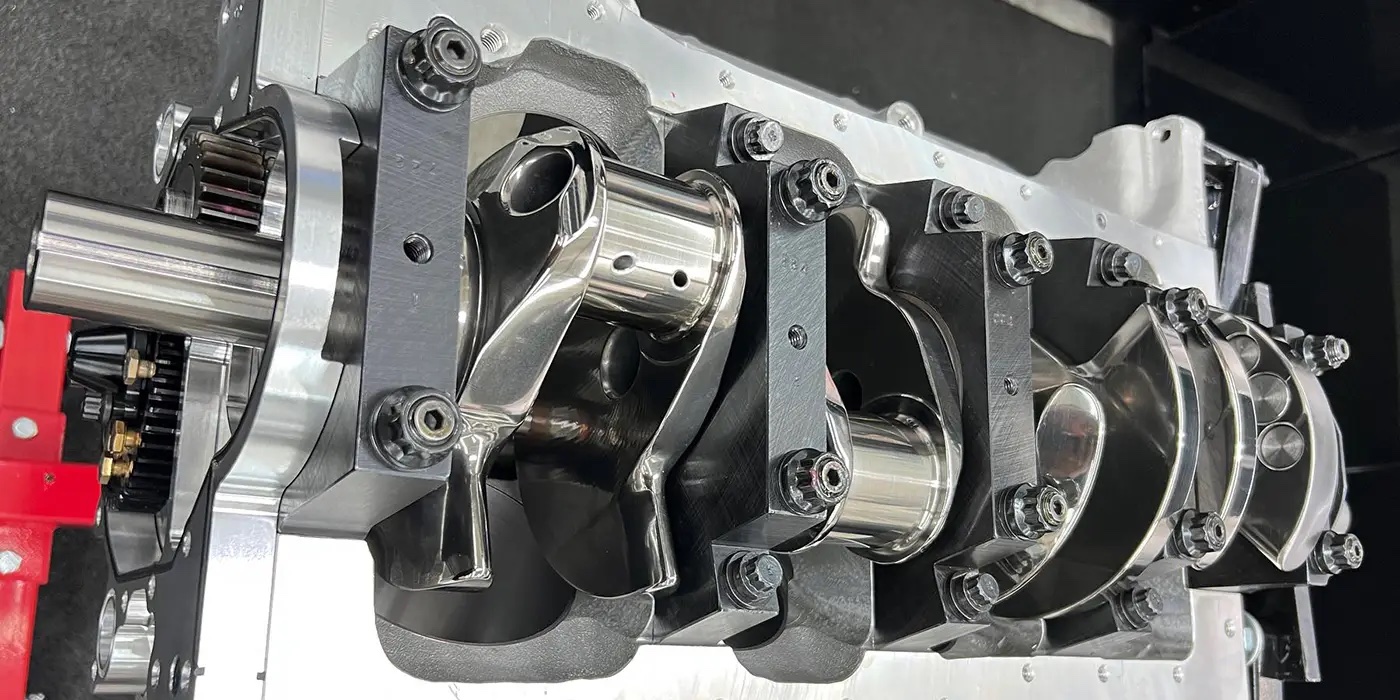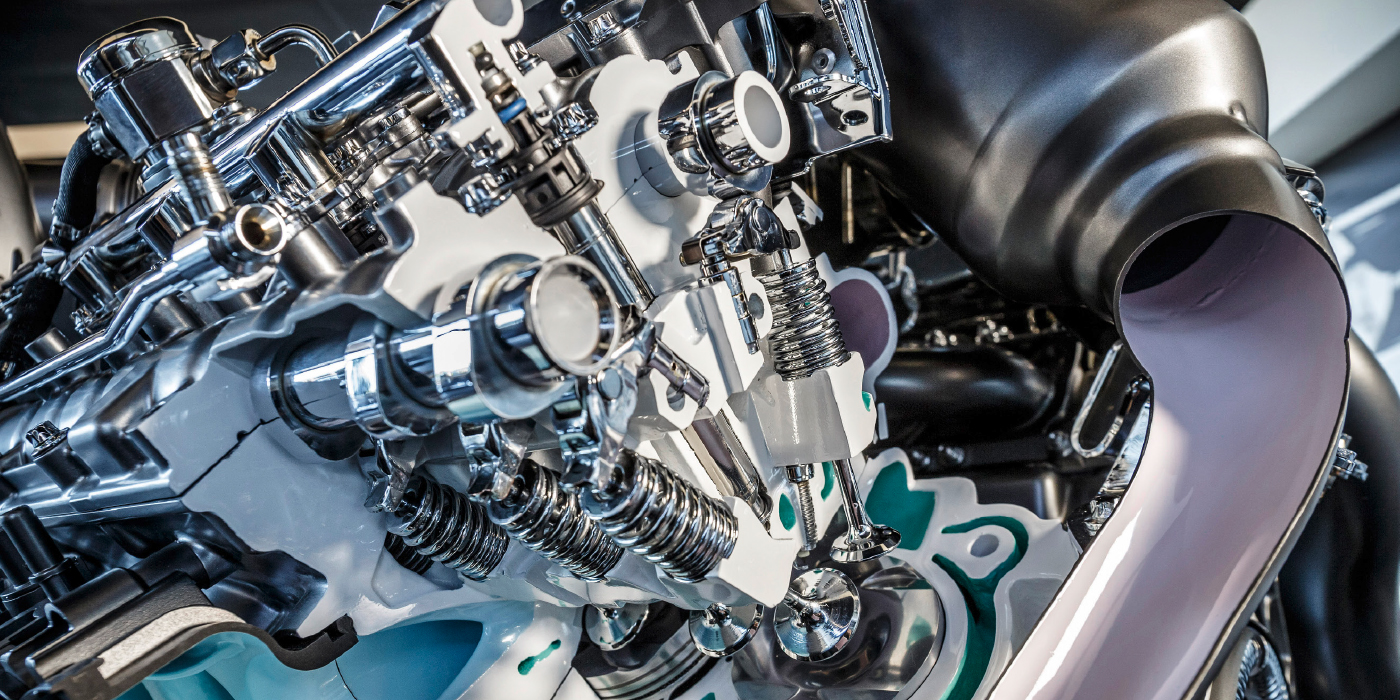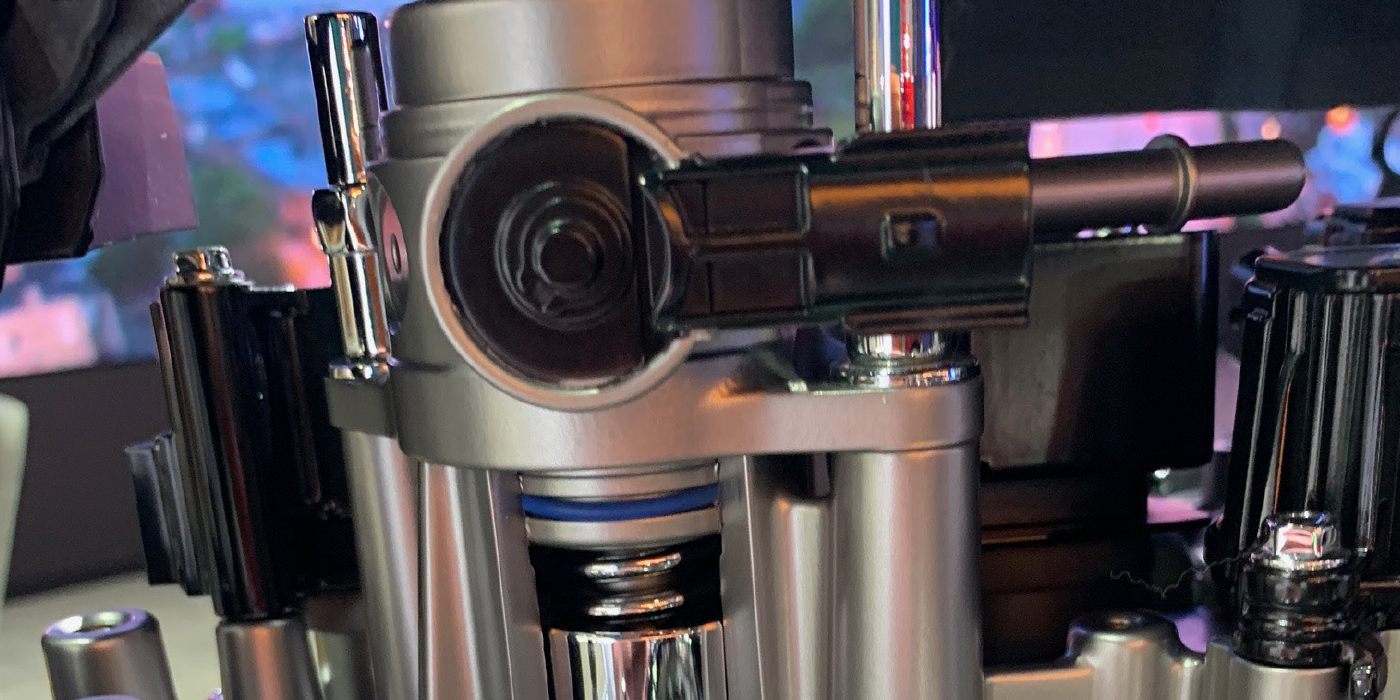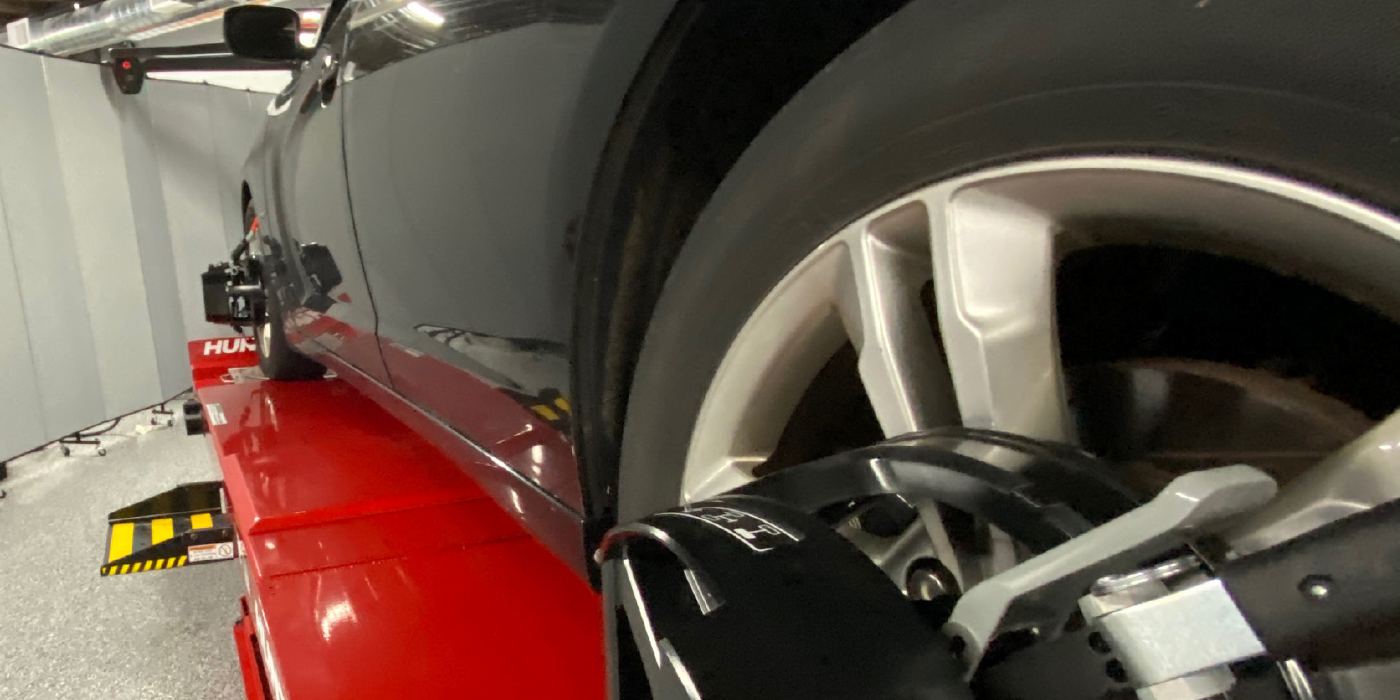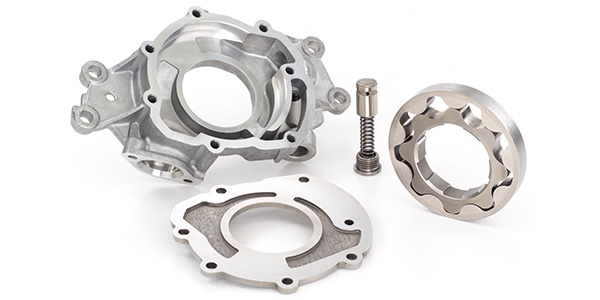
Almost every major OEM has an engine or engine family that uses a variable displacement oil pump controlled by a control spring or ECM to deliver the best possible pressure and efficiency.
When it comes to improving fuel efficiency, 3% to 5% are huge numbers. Achieving those fuel efficiency numbers while also increasing power to the wheels is the holy grail of vehicle engineering. New variable displacement oil pumps are able to deliver this boost in efficiency.
Older fixed-displacement oil pumps worked the same regardless of the oil viscosity or demands of the engine. Engineers would oversize the pumps to handle the harshest engine operating conditions. They operate at peak performance, and it’s up to the pressure regulator to bleed off the excess pressure and energy.
Variable displacement oil pumps control how hard the pump works by matching the pressure and volume to the conditions. These conditions can include engine temperature, loads and engine speeds.
Another advantage to controlling the oil pressure and volume is heat management. By regulating the flow of the oil, heat transfer can be optimized in the head and in the pistons.
Oil
Modern vehicles know their oil, or at least the oil specified by the manufacturer. Vehicles know what the viscosity and flow characteristics should be because that information has been programmed into the ECM. They know that someone installed 10W-30 when it really needs 5W-20.
The wrong oil can set off codes because the ECM knows what the oil pressure should be for a given engine speed and coolant temperature. If the numbers do not match, it will set a code and put the engine into a reduced power mode.
Pump
Almost every variable displacement oil pump application is mounted on the crankshaft. Gerotor pumps have trochoid gears that allow for smooth operation, low noise and excellent suction. The centrically seated drive gear drives an external eccentrically seated annular gear. This means there are cavities inside the pump that compress and expand to create the suction and feed effect.
The inner rotor sits on the crankshaft and drives the outer rotor. Since the inner and outer rotors have different rotating axes, more space is created on the suction side due to the rotating motion. The outer gear pivots on an axis; opposite the pivot is an electronic actuator.
Actuator
Most variable displacement oil pumps use an electric solenoid to change the axis and eccentricity of the pump housing, and position is determined by the ECM. Changing the geometry of the housing changes the amount of pressure and volume of the pump. Most actuators use a pulse width modulated signal to control the position of the actuator, and some scan tools can display the PID for the actuator position.
Extra pressure can be requested from the pump for the oil jets on the pistons. The oil jets are used only when they are needed the most: at start-up, giving the cylinders extra lubrication that reduces noise; and at higher engine speeds; or when the engine load demands, for extra cooling and greater durability.
ECM
The ECM looks at data including engine coolant temperature, engine load, calculated oil temperature and other monitors to determine the position of the oil pump actuator and oil pressure. If the system detects an overheating condition or a problem with one or more of the inputs, it may put the system into a reduced power mode to prevent damage.
Article courtesy Underhood Service.

